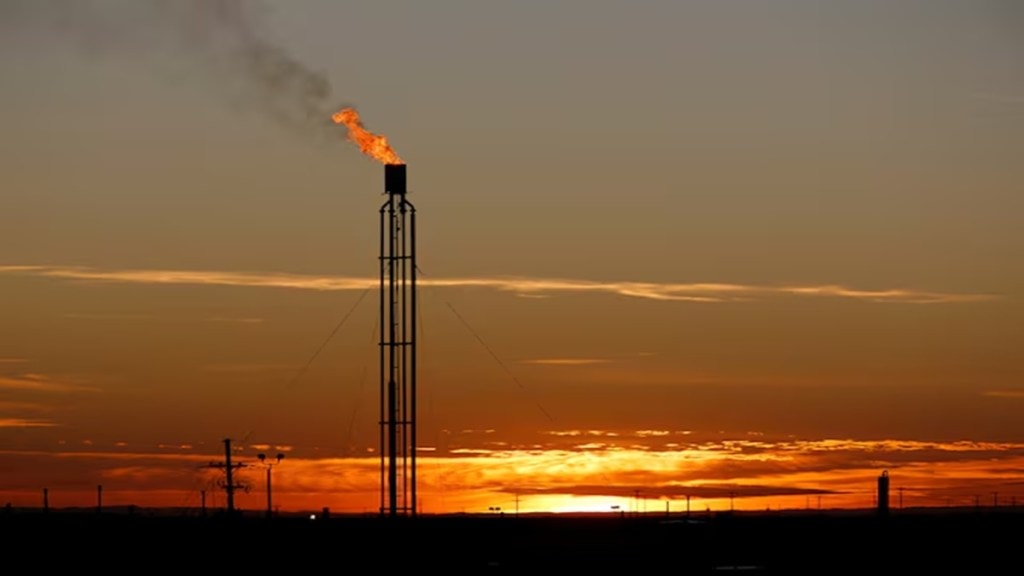India’s natural gas import bill rose 8.7% to $2.5 billion during the first two months of financial year 2025-26, compared with $2.3 billion in the same period of FY24, according to data from the Petroleum Planning and Analysis Cell (PPAC).
The country imported 5,953 million standard cubic meters (mmscm) of liquefied natural gas (LNG) during the period, reflecting a marginal 1% decline over Apr-May of FY24.
In May, the import bill however declined by 14.3% to $1.2 billion, compared to May 2024. May volumes also registered a fall of 15.3% to 2,977 mmscm last month.
Even as the country’s natural gas consumption declined by almost 2% to 11,764 mmscm during Apr-May, India’s reliance on imported gas rose to 50.6%, up from 50.2% in the same period last fiscal.
Domestic natural gas production too declined marginally by 3% to 5,888 mmscm during Apr-May of FY25. State-owned Oil and Natural Gas Corporation (ONGC) produced 3,056 mmscm of natural gas during this period, down from 3,132 mmscm in the corresponding period of FY24. Production remained below targets, highlighting the widening gap between demand and domestic supply.
One of the key agendas of the government has been to boost domestic production of crude oil and natural gas, and thereby reduce the country’s dependency for energy. However, the domestic production of crude oil and natural gas has remained stagnant and the country’s import dependency has only increased.
The demand for natural gas is expected to grow by 4-6% in the current financial year FY26 while domestic gas production is expected to grow to about 100 mmscmd only, Prashant Vasisht, senior vice president and co-group head, corporate ratings, Icra noted. Thus, the dependence on LNG imports is expected to remain high at 52% of consumption.
The country imports as much as 50% of its natural gas requirements. Qatar accounted for 41% of India’s imports in FY25 followed by the US at 19% and UAE at 13%.
According to the International Energy Agency (IEA), India’s LNG imports are expected to moderate in 2025, with growth projected to slow to 10%, compared to 21% in 2024. This slowdown is attributed to tempered demand growth and continued global competition for LNG cargoes.
The agency has projected an 8% increase in India’s natural gas demand in 2025 (or an additional 6 billion cubic meters), supported by the country’s expanding energy requirements and rapid economic growth.
In 2024, India became the world’s fourth-largest LNG importer, accounting for 7% of global LNG imports. The growth in demand was primarily driven by the industrial and oil refining sectors, followed by residential, commercial, and transport sectors.
Several Indian oil and gas majors are looking to secure more crude oil and LNG from the US given the rising geopolitical tensions. As India procures a large part of its oil and gas demand from the Middle East, it remains vulnerable to supply and price shocks in the event of conflict in the Gulf.
The government is aiming to strengthen India’s energy security and establish the US as a leading supplier of crude oil, petroleum products, and LNG to India, as affirmed by Prime Minister Narendra Modi during his recent visit to the US.
With the Indian government aiming to raise natural gas’s share in the energy mix from 6% to 15% by 2030, greater US gas imports are seen as a positive development, as per analysts.
